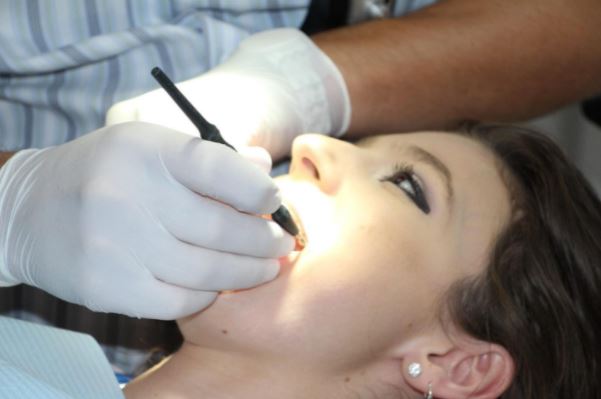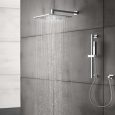 Do you have cracked, damaged, or decayed tooth surfaces? Getting dental inlays and onlays can help prevent infection, pain, and further damage. They also improve your chewing and your smile.
Do you have cracked, damaged, or decayed tooth surfaces? Getting dental inlays and onlays can help prevent infection, pain, and further damage. They also improve your chewing and your smile.
Keep reading to learn more about these dental procedures.
Dental Inlays and Onlays
Patients who have damaged teeth now have the option of getting dental inlays and onlays. With current adhesive technology, composite resins, and ceramics, repairs look natural. Some dentists use computer-aided design (CAD) to match the color and shape of your other teeth.
These restorations are made outside of the mouth and then cemented to the tooth. Their purpose is to replace a cusp or cusps of a tooth. The cusp is the “bump” or incisional eminence on the top of a tooth.
Dental Inlay vs Filling
When a tooth gets a small hole (cavity) in it, the dentist will fill it to keep bacteria out. If the cavity isn’t filled, the hole will get bigger over time. This increases your risk of infections, pain, and tooth loss.
The dentist makes the hole a little bigger, so the edges are smooth. Then a substance is put in the hole and hardened.
If you have cusp damage, or a broken or decayed tooth, the dentist may offer a dental inlay. Inlays are like big fillings except they’re shaped like your natural biting surface. This custom-made insert makes the tooth more stable and prevents further tooth decay.
Inlay Dental Procedure
The procedure starts with the dentist cleaning the tooth and taking a scan. A specialist makes uses this scan to make an insert that fits exactly. The inlays are porcelain or composite resin.
Once the inlay is ready, the dentist may give you a local numbing agent. Then they cement the inlay in place.
Dental Onlay vs Crown
Dental onlays are often recommended if you have a large area of damage on your tooth. You may have lost most or all the top of your tooth. Your dentist can explain the benefits of getting dental onlays vs fillings.
As discussed, fillings repair holes in the tooth. The goal of the onlay is to cover one or more cusps on your tooth’s biting surface. Getting an onlay can also repair a cracked tooth.
Crowns also help restore and strengthen damaged teeth. Some dental experts prefer the onlay to the crown.
The reason is that onlays don’t need as much removal of the natural tooth. Also, a tooth onlay can last longer than a crowned tooth.
Dental Onlay Procedure
This procedure often takes two separate dental appointments. At the first visit, the dentist numbs the area around your tooth. Then they clean out the decayed and damaged parts of your tooth.
Once the tooth is clean, they take an impression of the tooth and send it to a lab. The dentist will put a temporary onlay over your tooth to protect it until the next visit.
After the onlay is ready, your dentist takes out the temporary on and cleans your tooth. Then they bond the permanent onlay to your tooth and polish it.
You may get dental inlays or onlays put on front teeth. It’s best to use porcelain for the most natural look.
Do You Strive for a Healthy Lifestyle?
Our site is dedicated to articles like this one explaining dental inlays and onlays. You’ll find many more posts about fitness, healthy foods, health, fashion, and beauty. We also cover topics related to technology, home, gardening, automobiles, and more.
Bookmark our site today so you can keep up with the latest information.




